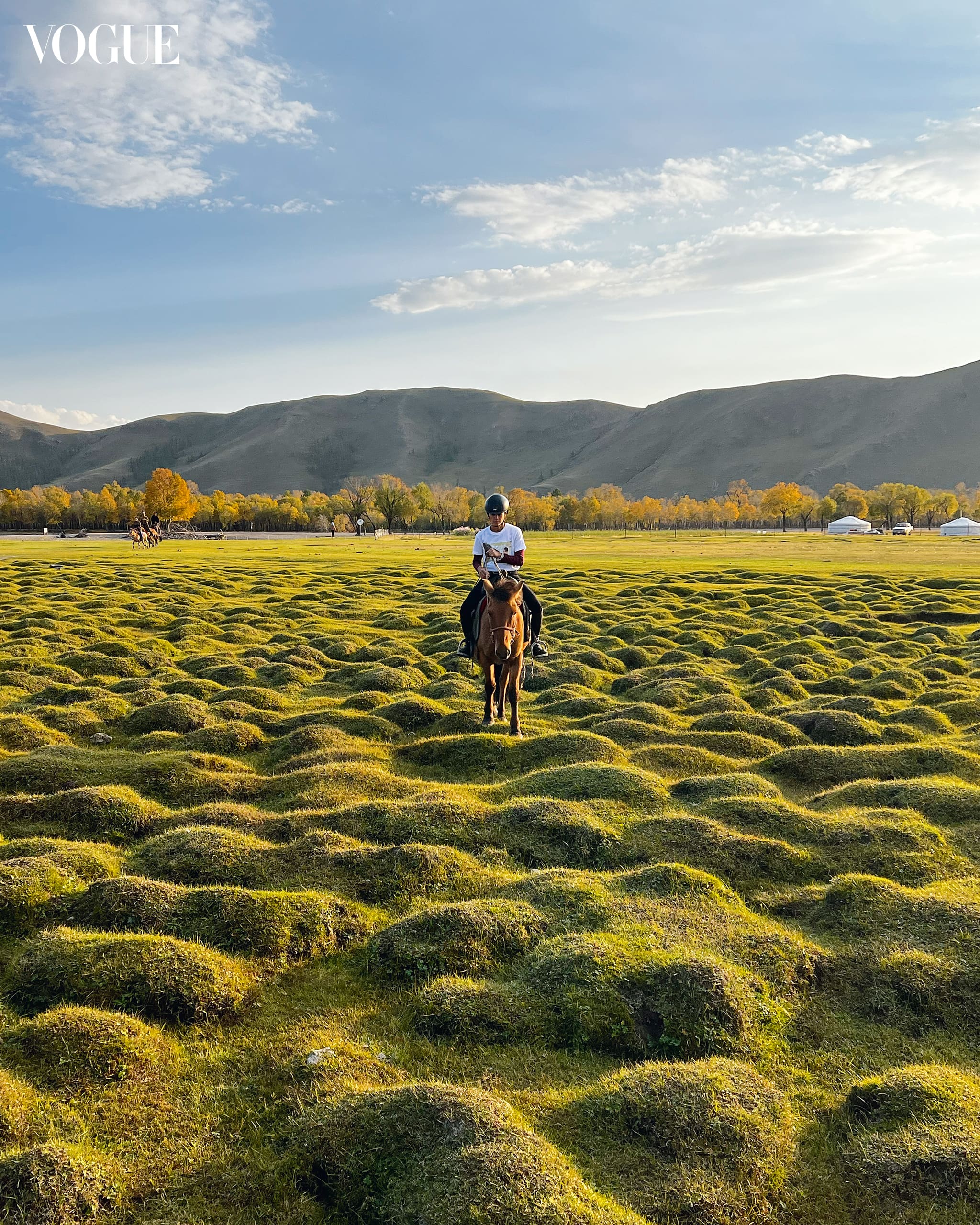The author, Katrina Holigores, on her horse. Marilen Ortoll
For her milestone birthday, equestrian Katrina Holigores traverses the great nomadic wilderness of Mongolia on the back of her favorite companions.
With the world lifting its travel restrictions, I took it upon myself to find a destination that would satisfy two specific categories, the first being a place I had never been to, and the second, one that would allow me to explore it on horseback.
After a quick search on adventure travel, I came up with a shortlist, and settled on a week-long trip to Mongolia. I gathered a group of friends and packed for unpredictable weather in September.
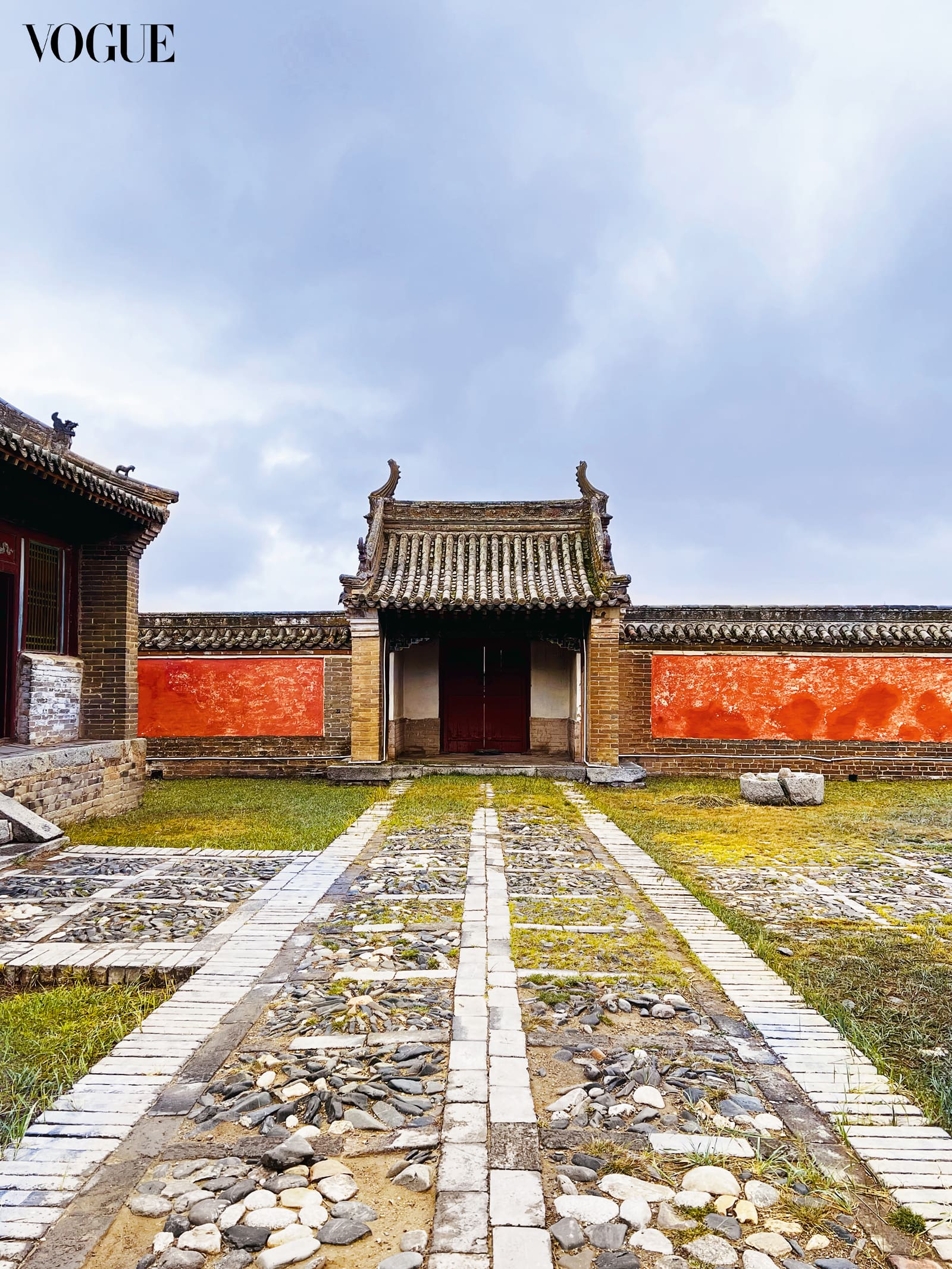
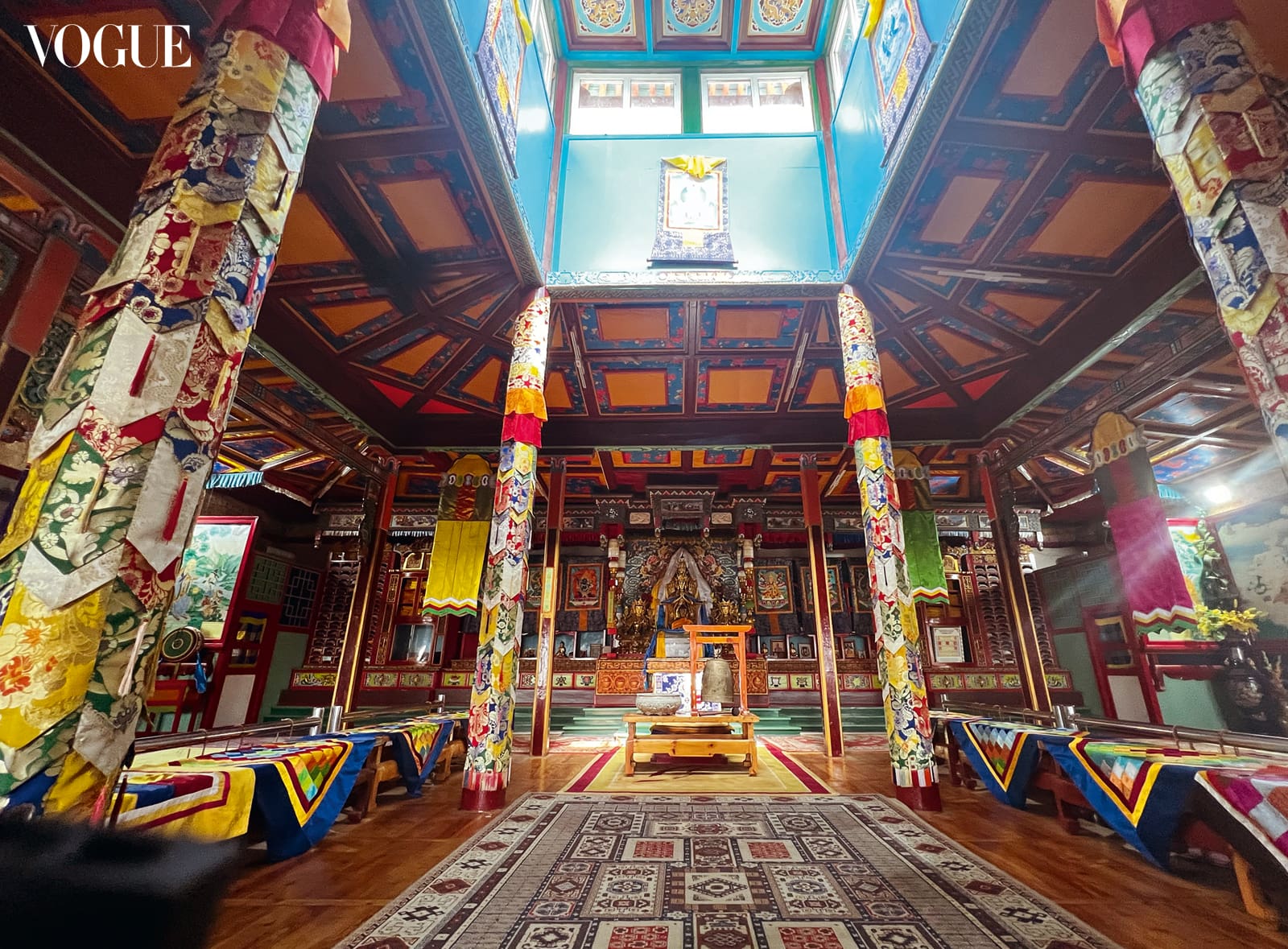
My first memory of Mongolia was having to remember its capital, Ulan Bator (Ulaanbataar) while in school. I found it to be one of the easiest to memorize, sounding similar to Tagalog words, ulan (rain) and bato (stone). I found out much later on that it actually stood for Red Hero, in honor of its national hero, Damdin Sukhbaatar, who liberated Mongolia in 1921.
Considered one of the most sparsely populated countries in the world, it has a strong nomadic culture; a quarter of its population move their entire families from area to area several months at a time, bringing with them their livestock, including most often than not, horses. While traveling from place to place, you will be able to see herds of said livestock moving freely, oftentimes forcing vehicles to slow down as they slowly cross the roads and highways to graze.
To appreciate this country with its ever-changing terrain, you must be prepared to go offroad. It goes without saying that being astride a horse, a camel and, in some cases, a yak is essential for sightseeing.
Our first stop after the capital was to see the majestic 40-meter-high statue of the most famous Mongolian in history, Ghengis (Chinggis) Khan. There are great views from the neck area of the horse this conqueror sits on, but prepare to wait while other tourists (and local kids on field trips) crowd around to take photos.

Even if I was awestruck by the statue, and the history of the conqueror it was built for, I couldn’t wait to get out in the open and explore more of the vast countryside.
Go for ger
For a fully immersive experience, leave your creature comforts behind and book yourself in one of the many tourist “ger” camps. A ger or yurt is a typical nomadic home, circular in shape and supported by lattices and flexible wood. It is normally covered by a waterproof and insulating material although most are also heated from the inside by a wood-burning stove.
Lunch with a nomadic family is a must. Once you enter their tent you are welcomed by the head of the family with a “snuff bottle,” which serves as a greeting as he pours some of the powder on your hand which you sniff in appreciation. Traditional snacks prior to the main course are also on offer, particularly the boortsog, a biscuit made out of fried dough usually with some butter to dip it in, and a bowl of airag or fermented mare’s milk to drink. The airag had a tarty, yet refreshing taste and was a relief to my dry throat after a long road trip.
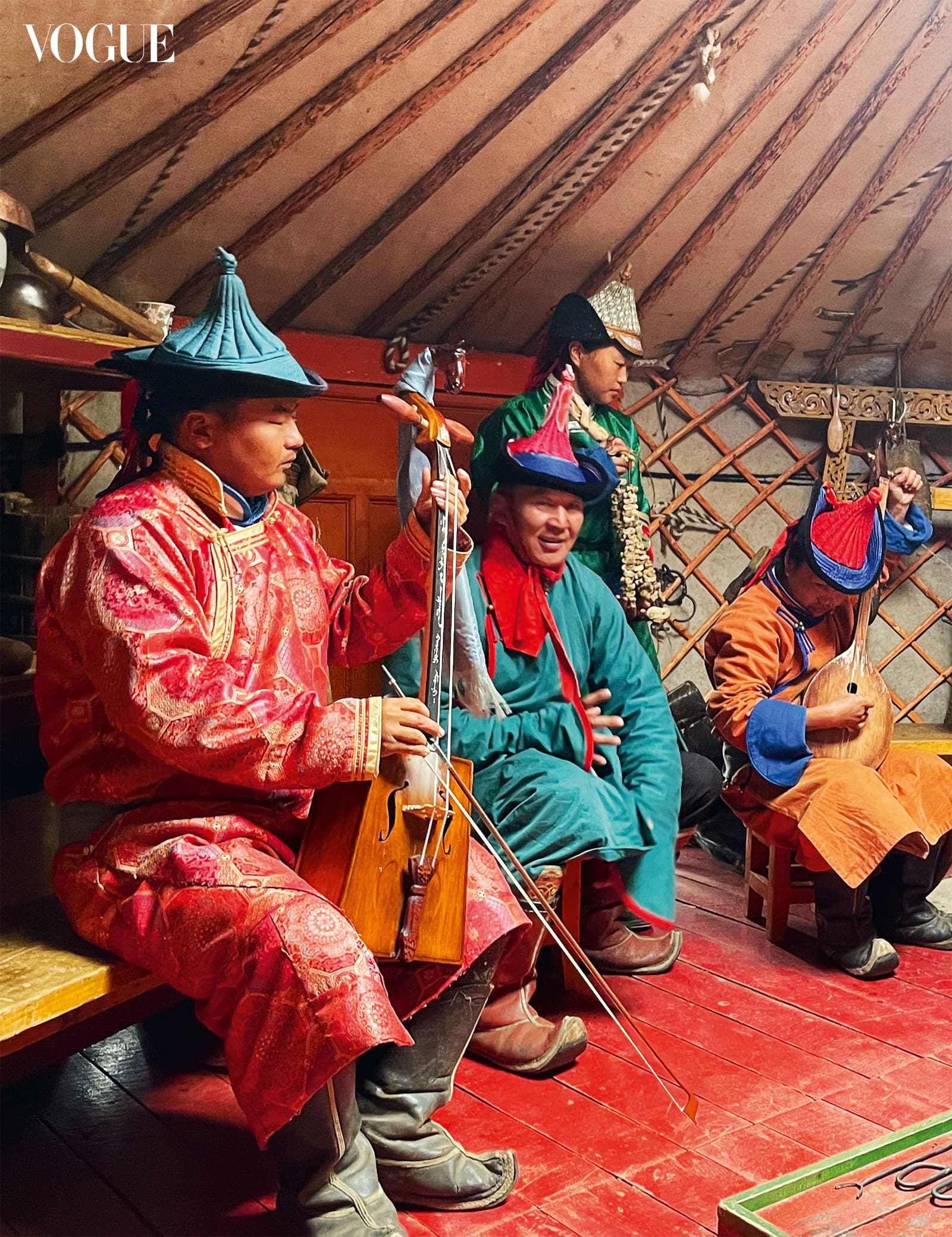
Lunch was an authentic Mongolian barbecue (khorkhog), which was a far cry from the all-you-can-eat bowls of stir-fried meats, vegetables and rice that is served in Manila. Khorkhog is large pieces of meat (normally mutton) placed inside a lidded container similar to a pressure cooker and then laid on a fire for about two to three hours.
Ours was cooked with carrots and potatoes, and the meat was so tender it was practically falling off the bone. Other meals we experienced with a nomadic family was a warming and delicious mutton noodle soup called guriltai shul and fried meat dumplings, or khuushuur.
Saddle up
Warmed by our food and drink, it was time to meet our horses. These sturdy creatures, described as half-wild and half-domesticated, are accustomed to moving across long distances and are so sure-footed they are ridden up and down steep inclines on all kinds of terrain. A typical ride is about two to three hours long, with some breaks in-between to hydrate.
Terelj National Park is not short of amazing views, with the ground beneath shifting between grass, gravel, water and even sand. We rode through forests, wide open fields, elevated grass mounds, a short crossing through a river and even after three hours we hadn’t even covered one-fourth of its expanse. If riding is not your thing then at least take a short hike up Turtle Rock and add-on to this experience by maneuvering yourself through a small crevice to get from one face to the other.
Because our trip was short, we did not have time to see the famous and magnificent Gobi Desert. We did, however, experience riding through sand dunes at Elsen Tasarkhai, which is affectionately dubbed “Petite Gobi.” The two-humped Bactrian camel, which is only found in Mongolia, Northern China and in an area of India were our mounts for the day.

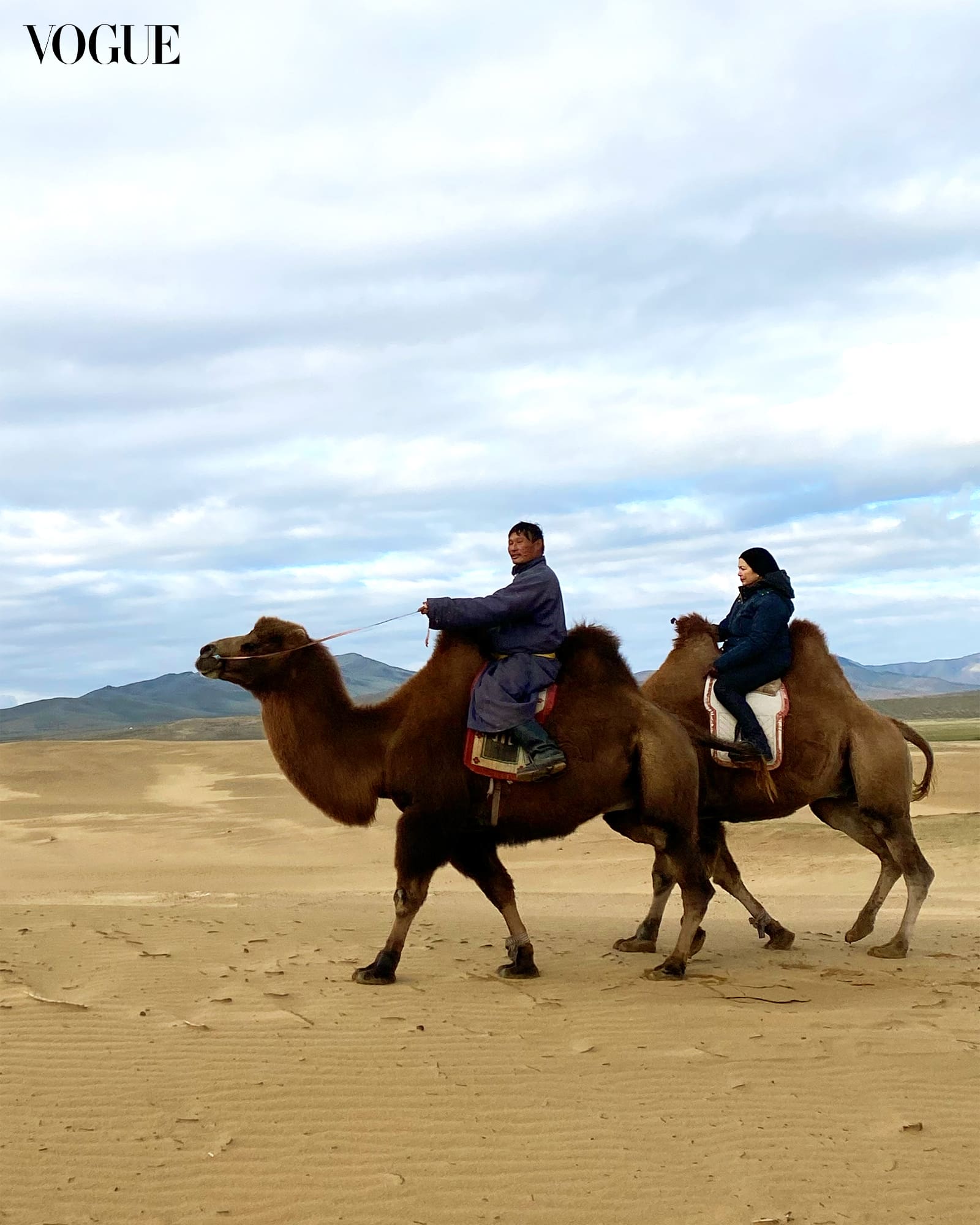
Having ridden their one-humped relatives in Egypt and Dubai, I found these to be much more comfortable, not to mention a great vantage point while going up and down the dunes. Guides for both horse and camel-riding are indispensable as it’s easy to get lost even after an hour of venturing out in the open.
Mongolia is also the home of the only truly wild, undomesticated horse or “takhi.” More commonly referred to as the Przewalki Horse, named after Russian explorer and geographer Nikolaj Przewalksi.
This horse was once extinct in the wild and was re-introduced in 1992 at the Hustai National Park in the Tov province, and its numbers have since risen to just short of 2000. Although seeing these horses up close is a rare treat, our group was incredibly lucky, spotting a pair of them within shouting distance toward the end of our visit to the park.
Horse riding may have been the highlight of my trip but there is way more than meets and surpasses the eye in Mongolia. If a walk on the wild or ride side is your thing, then this warrants a top spot in your travel bucket list.
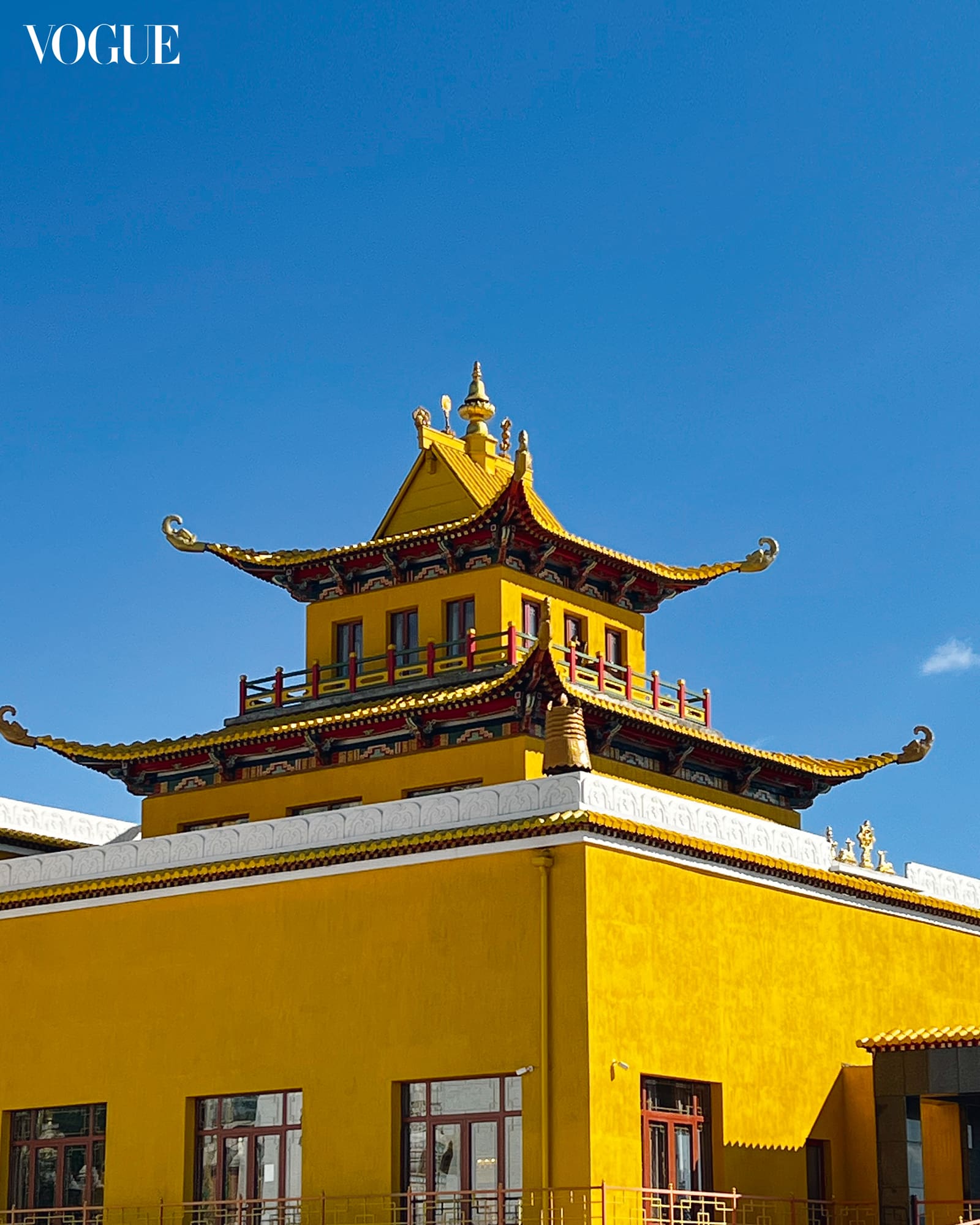
This story was originally published in Vogue Philippines’ November 2022 issue, available now.
Text and photographs by Katrina Holigores, Additional photos by Marilen Ortoll
